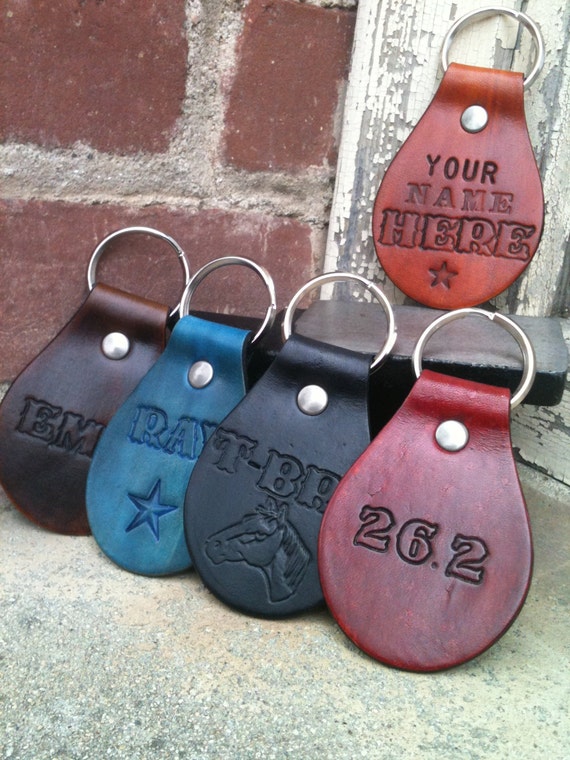

More information than you ever needed to know about DPAPI is available in Passcape's article DPAPI Secrets. SPCommandLineArguments /usr/sbin/systemprofiler-nospawn-xml SPParallelATADataType-detailLevel full SPCompletionInterval 0.015343010425567627 SPResponseTime 0. The default configuration of Create React App already aliases all react-native imports to react-native-web by default, so you won’t have to worry about manually having to swap them based on the target platform. NET Framework's ProtectedData class, which is a limited feature wrapper for the former functions. You can now use npm run web:start to spin-up the development environment of your web app and npm run web:build to create a production build. The data can also be decrypted on different computers in a domain.ĭPAPI can be accessed through native calls to Crypt32.dll's CryptProtectData and CryptUnprotectData functions or through. Free is the primary reason.18 answers Top answer: Free and open-source( some nice scripting tips can. The data is ultimately encrypted using the current user's password, however user or developer supplied "optional entropy" could be included to further protect the data from other software or users. Inno setup, Advanced Installer, and Windows Remix are probably your best bets out of the 18 options considered. Arbitrary data can be encrypted using this API, although storing the encrypted data is up to the developer.

Pre-Windows 8, Data Protection API (DPAPI) is the closest equivalent to a keychain.
#Installbuilder edit keychain how to#
See How to store user credentials on MSDN. According to the documentation:Īpps and services don't have access to credentials associated with other apps or services.
#Installbuilder edit keychain mac os x#
Mac OS X example: On the left, select iCloud and delete / edit items on. If you want to edit items stored in the iCloud keychain you can do so via the Mac OS X keychain app or from your iDevice in the Safari preferences. If you're unable to approve, reset your end-to-end encrypted data when prompted.
security create-keychainIf you choose to 'Approve Later' when signing in to your Apple ID, you need to approve with an old passcode or from another device when prompted. Running on Sierra I found that 'Keychain Access' is no longer updated with a new keychain created with 'security create-keychain'. Windows Runtime apps (Modern/Metro) as well as managed desktop apps can make use of it. Turning on the Allow approving using security code will result in a clean keychain. Click Apple ID, then click iCloud in the sidebar. Windows 8 has a notion of a keychain called Password Vault.


 0 kommentar(er)
0 kommentar(er)
